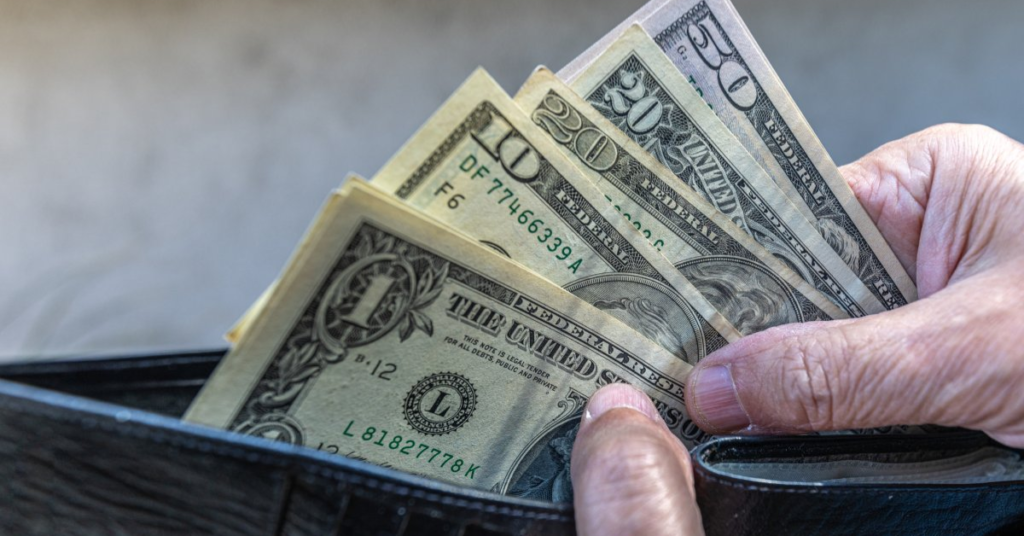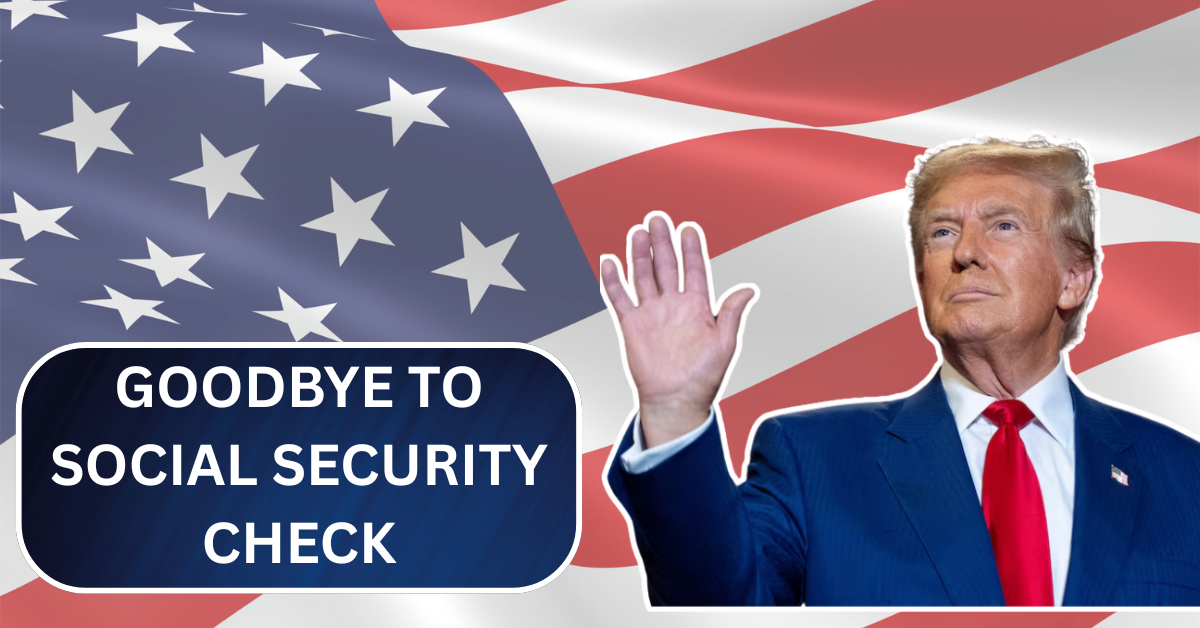The White House recently announced that paper checks for Social Security and other federal payments will be eliminated by September 30, 2025. This change represents a major shift in how pensions and other government benefits are distributed across the United States. It will affect hundreds of thousands of Americans who currently rely on traditional mail to receive their Social Security payments. This transition aims to modernize the federal payment system, making it more secure, faster, and more efficient. However, this change also means that millions of people will need to adapt to a new way of receiving their benefits.
Why Is the Change Happening?
The shift to electronic payments is being driven by the need to modernize and secure the federal payments system. Paper checks can be lost, delayed, or stolen, creating unnecessary stress for those who depend on them for their livelihood. With digital payments, funds are transferred directly into the recipient’s bank account, debit card, or digital wallet. This makes the process faster, safer, and more reliable.
Additionally, the move to digital payments is in line with the overall trend of modernizing federal services. In today’s world, where technology plays a central role in most aspects of life, it makes sense to transition to electronic payment methods. The government wants to ensure that recipients have quicker access to their funds and that payments are more secure.
Who Will Be Affected by the Change?
The new directive to phase out paper checks by 2025 will affect Social Security recipients, veterans, and other federal benefit recipients. Currently, many individuals still receive their payments via paper checks. This includes a significant portion of older adults, many of whom rely on Social Security as their primary source of income.
The Social Security Administration (SSA) reported that, as of recent data, approximately 456,000 Americans still receive their Social Security benefits through paper checks. These recipients are primarily elderly individuals, some of whom are not familiar with online banking or other digital payment systems. These individuals face the challenge of updating their payment methods to comply with the new system.
What Are the New Payment Methods?
The new payment system will require that all federal payments be made electronically. This can be done through:
- Direct Deposit: Funds will be transferred directly into the recipient’s bank account.
- Debit or Credit Cards: Payments can be loaded onto debit or credit cards.
- Digital Wallets: Payments can be transferred to digital wallets such as PayPal, Venmo, or other similar platforms.
- Real-Time Transfers: Some payments may be processed in real time through apps or direct transfers between accounts.
These options are designed to make receiving payments faster and more convenient for most people. Electronic payments also reduce the risk of fraud and theft, ensuring that beneficiaries can access their funds securely and without delays.
What About People Without Bank Accounts?
While the transition to electronic payments aims to modernize the system, the government recognizes that not everyone has access to the necessary banking services. According to the Federal Deposit Insurance Corporation (FDIC), approximately 4.2% of U.S. households (roughly 5.6 million households) are “unbanked,” meaning they don’t have access to a traditional bank account or financial services like debit cards, credit cards, or direct deposit.

There will be exceptions for individuals who are unbanked or have limited access to electronic payment methods. The Secretary of the Treasury will determine who qualifies for an exemption, especially in cases of emergency payments. These individuals will not be required to use electronic payments if it creates undue hardship.
The government is taking steps to ensure that these individuals are not left out of the system. Solutions will be explored to provide alternative payment methods, such as prepaid debit cards or other financial services that cater to people without traditional bank accounts.
How Can You Update Your Payment Information?
If you currently receive Social Security payments via paper check, it’s important to update your payment information as soon as possible. The easiest way to do this is by using the Social Security Administration’s online services. You can log in to your Social Security account and update your direct deposit information there.
However, if you don’t have internet access or are not comfortable using the online platform, there are other options. You can visit your local Social Security office to update your information in person. If you prefer, you can call the Social Security Administration’s customer service number at 1-800-772-1213 to schedule an appointment to make the changes.
It’s important to take action well before the September 2025 deadline to avoid any interruptions in receiving your benefits. If you fail to update your payment information in time, there may be delays in receiving your payments, which could cause significant financial hardship.
What If You’re Not Comfortable with Online Services?
The SSA understands that not everyone is comfortable using online systems, especially older adults who may not be familiar with digital banking. For those individuals who need help updating their payment information or making other changes to their accounts, assistance is available.
Suppose you are applying for Social Security Disability, Medicare, or Supplemental Security Income (SSI) benefits and cannot use the online application system. In that case, you can complete your application over the phone. The SSA has customer service representatives who can assist you in applying for benefits via phone.
However, if you are applying for Retirement, Survivors, or Auxiliary benefits, and you cannot access the online application, you will need to visit a Social Security office in person to complete your application. This ensures that everyone, regardless of their level of comfort with technology, can still apply for and receive benefits.
What Happens After the Transition?
Once the transition to electronic payments is complete, Social Security and other federal benefit recipients will no longer receive paper checks. Instead, they will receive their payments through one of the electronic methods mentioned earlier. This is expected to result in faster, more efficient payments, and will eliminate many of the delays and security risks associated with paper checks.
For most recipients, this change will be seamless. Direct deposit and digital wallets are already widely used by millions of Americans. However, for those who have never used these payment methods, the SSA will continue to offer assistance to ensure a smooth transition.
What Does This Mean for Social Security Beneficiaries?
For Social Security beneficiaries, the end of paper checks is just one part of a broader effort to modernize the system. The goal is to ensure that beneficiaries can access their funds quickly and securely, without worrying about lost checks or delays in the mail.
This change also aligns with the government’s push to make all federal services more efficient and accessible through technology. With many people already using digital payment methods in their personal lives, this move to electronic payments is expected to be a positive step forward.
How to Prepare for the Change
To ensure that you don’t experience any interruptions in receiving your benefits, here are the steps you should take:
- Update Your Payment Information: Go to the Social Security Administration’s website and update your payment method to direct deposit or another electronic option.
- Visit the Social Security Office: If you can’t use the online system, visit your local Social Security office for assistance in updating your payment method.
- Call for Assistance: If you have trouble updating your information online or need help with the process, call 1-800-772-1213 to schedule an appointment.
- Ensure Access to Electronic Payments: If you don’t have a bank account or debit card, explore options like prepaid debit cards or digital wallets to receive your payments.

Deepak Grover is a dedicated content writer at OTE News, specializing in government affairs, public policy, and current events. With a keen eye for detail and a passion for factual reporting, he ensures readers receive accurate and insightful news. Deepak holds a degree in Political Science and has experience in research-driven journalism.
When not writing, he enjoys reading historical books, exploring hiking trails, and staying updated with global political trends. His commitment to ethical journalism makes him a trusted voice at OTE News.




